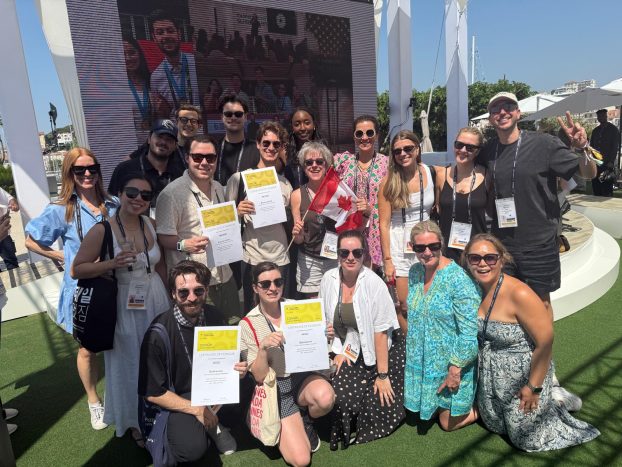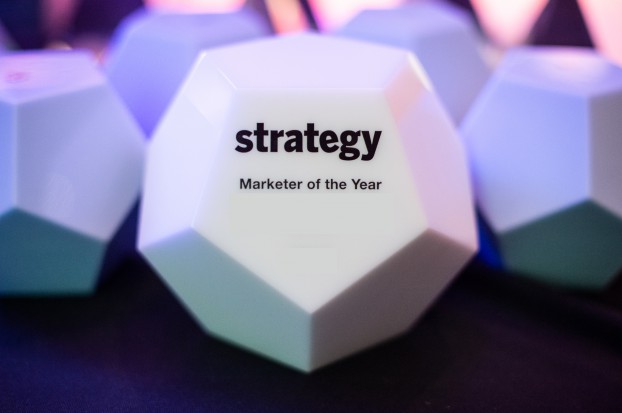If you think it’s tough these days to get a handle on who’s watching what, just wait a few years. A committee of top media research experts says current audience measurement technology won’t be able to cope once digital television becomes the norm.
Gabe Samuels, vice-president of research for the New York-based Advertising Research Foundation, says it’s highly unlikely BBM’s Picture Matching technology nor Nielsen Media Research’s Tuner Probe technology will be effective in five to six years, once the industry switches over to digital broadcasting.
In the new digital world, media measurement experts say, the compression of broadcast signals will mean the elimination of unique signals for Tuner Probe technology to detect. In the same way, the convergence of technology will mean that personalized viewing won’t be recognized by Picture Matching.
With this in mind, ARF is funding the North American Television Audience Measurement (NATAM) project. Chaired by Samuels, NATAM boasts a triumvirate of media measurement experts: Barry Kiefl, director of research for CBC, Horst Stipp, director of research for NBC, and Bill McKenna, CEO of Mediafax in Puerto Rico.
Kiefl says NATAM is trying to provide guidance to suppliers of audience research so the industry is not caught flat-footed in 2006 when digital television will be the only broadcast format coming out of the U.S.
‘[Digital broadcasting] is going to change the whole marketing world,’ says Kiefl, equating interactive TV with the birth of an entirely new medium.
He says NATAM is trying to forecast consumer adoption of digital technology and, on that basis, will put forth some likely scenarios about what devices will need to be monitored in five years. In addition, it will establish guidelines outlining the information clients, agencies and broadcasters will need from future measurement systems.
‘The measurement companies today are arguing about things that were relevant five years ago,’ Kiefl says. ‘They’re certainly not going to be relevant five years from now.’
The committee’s work is expected to be completed and its report released by the end of this year.
For their part, Canada’s television audience measurement companies say while they might not have the appropriate technology today, they will by the time it’s needed.
Mike Leahy, group vice-president, sales and marketing for Nielsen Media Research, concedes that Tuner Probe technology was designed for an analogue environment, but says the company is already field-testing a portfolio of new measurement solutions. They include software metering methods and an Active/Passive meter that combines active audio and video code readers with passive audio and video matching engines.
‘The coming digital technologies require an enormous amount of expenditure and expertise to measure,’ says Leahy. He credits the company’s size and stature with the fact that digital behemoths such as Microsoft, Lucent, Worldgate and Intel are partnering with Nielsen on new measurement solutions.
Robert Langlois, vice-president of Quebec services for BBM Bureau of Measurement, says he’s surprised at NATAM’s assertion that Picture Matching will not be effective in the digital future, because in Vancouver it is currently being used to measure a number of households that use satellites and other television distribution methods.
Langlois adds that if, in fact, Picture Matching technology does not meet the needs of the industry six or seven years from now, BBM will find a technology that will.
‘Because we don’t have an investment in research and development ourselves, we don’t have any system to amortize except the actual expenditures to [install] the system,’ says Langlois of the tripartite industry association.
‘We will be in a position to walk away if need be and introduce a new service.
‘That’s the beauty of BBM; we’re able to bring to the Canadian industry what we and the industry feel would be best at the moment the need is identified.’




























